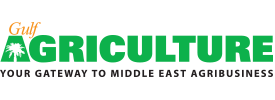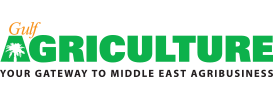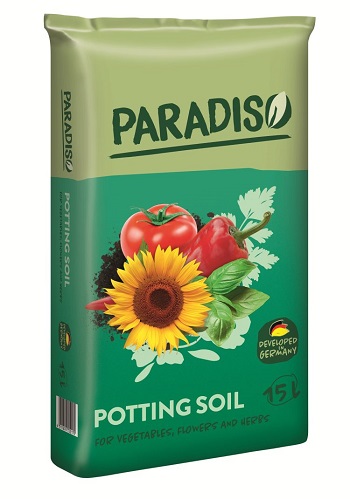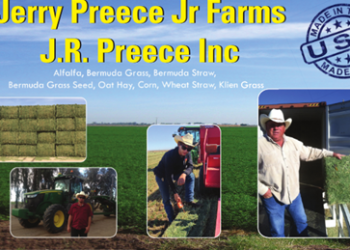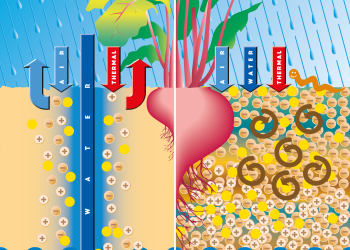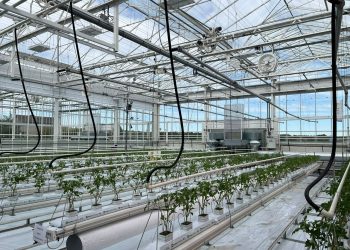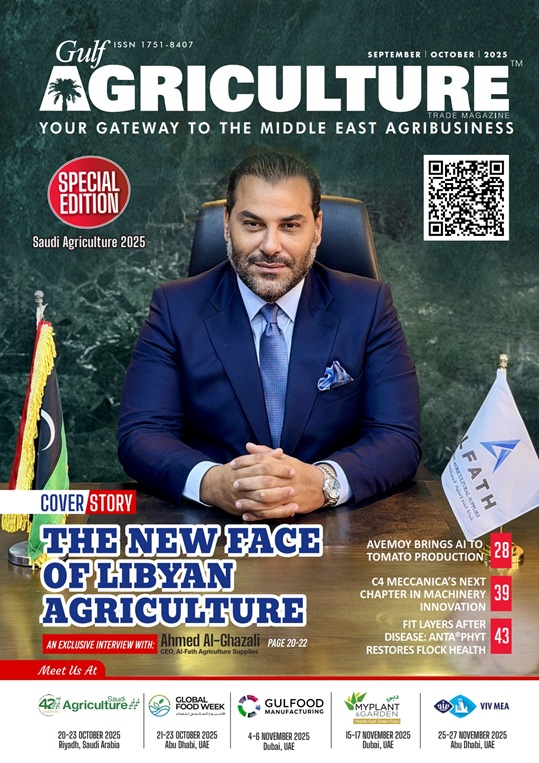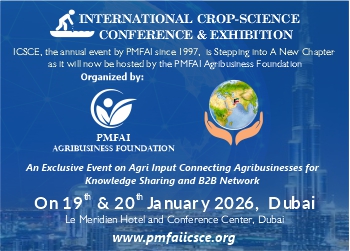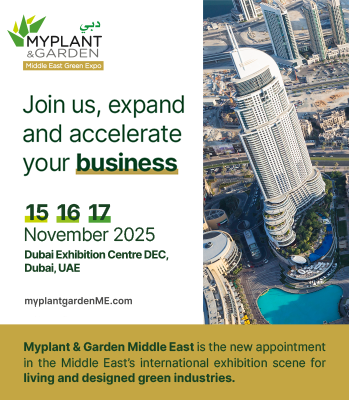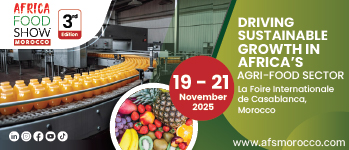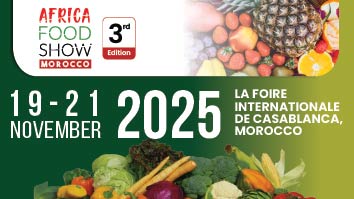In an increasingly interconnected global market, German substrate specialist Stender has taken a decisive step toward international expansion with the launch of two innovative potting soil lines designed specifically for worldwide distribution. We spoke with Antonia Wesche, Head of Export, about how the company is navigating the complexities of global trade and leveraging new product development to reach markets previously difficult to access.
Global Markets and Agricultural Focus
Stender’s export division currently serves around 60 countries, with particularly strong presence in specific regions: “Our main delivery areas are the Maghreb states—North Africa—and the Middle East, including countries like Kuwait, Oman, Qatar, and Saudi Arabia. In North Africa, we’re strong in Algeria, Tunisia, and Morocco.”The company also has significant business in South America, including Ecuador, Peru, Chile, and Brazil, as well as throughout Asia. Currently, Australia is the only continent where Stender has not established a market presence.
Stender’s export business has historically focused on professional applications: “Until now, our export has been predominantly for vegetable production. But our goal is clearly to work with wholesalers to focus more on flowers and hobby retail soils, offering more in that area.”
Navigating Global Challenges
International trade brings specific challenges that the team addresses daily. These include varying regulatory requirements: “Country-specific regulations that aren’t always logically comprehensible, extensive documentation, paperwork, and import requirements—certificates, tests, laboratory tests, countless things that need to be provided, confirmed, and certified by authorities, chambers of foreign trade, embassies, and so on,” Wesche explains.These requirements constantly evolve: “You need specific knowledge about what each country needs, and there’s always a lot of change. Just because something worked according to pattern A last year doesn’t mean the country hasn’t suddenly decided everything must be done differently.”
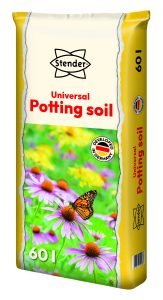
Logistical challenges are equally significant: “The closure of the Suez Canal means shipping times are about three weeks longer than before the closure because ships now have to travel around the Cape of Good Hope.” Other issues include container shortages, port congestion after events like Chinese New Year, and natural variations in raw material consistency due to harvest conditions and weather.Cultural factors also play a role: “Ramadan, Chinese New Year, Christmas—these three major events definitely influence our work. Our shipping cycles to Chinese or Taiwanese customers are clearly adjusted around Chinese New Year.”
From Regional to Global: Adapting Products for International Success
For years, Stender’s hobby substrate portfolio was tailored primarily to Central European markets, particularly German-speaking regions. “Our previous retail products were adapted to the requirements of the Central European market, both in terms of the content of the bags—the soil compositions—and the packaging design,” explains Wesche.
This regional focus created limitations when attempting to serve markets outside Europe. The company’s new strategy represents a fundamental shift, with product formulations and packaging designed from the ground up with global requirements in mind.”The composition of our new soils now fulfills import regulations worldwide,” Wesche emphasizes. “We’ve tried to create a ‘one fits all’ solution that meets the import requirements of various countries.” This required navigating a complex landscape of regional restrictions—for instance, many countries prohibit compost in imported growing media due to concerns about pathogens, while others restrict clay.
The result is two versatile product lines, each available in three bag sizes, optimized for export markets. Both lines use peat as their main component, as this material remains permitted globally while providing consistent quality.
Universal Design Language for International Markets
The visual presentation of the new product lines reflects their global ambitions. “We’ve deliberately chosen a colorful line that appeals to many consumers without requiring much text,” Wesche describes. “The cover image featuring sunflower, pepper, tomato, and basil is internationally understandable: it communicates that this is a universal soil suitable for everything.”
Multilingual Packaging: Removing Language Barriers
A critical innovation in the new product lines is their multilingual packaging. “Information texts and declaration texts on the packages are multilingual,” Wesche points out. The standard version includes English, French, and Spanish—languages that cover a substantial portion of global markets.The design also incorporates a designated free space on the back where additional language-specific declarations can be printed according to customer requirements. “We’ve already used this for Arabic text. Some countries have special declaration requirements, such as clearly visible production dates in the local language or lot numbers that match the corresponding import licenses.”
This multilingual approach helps Stender access markets that were previously difficult to serve.

